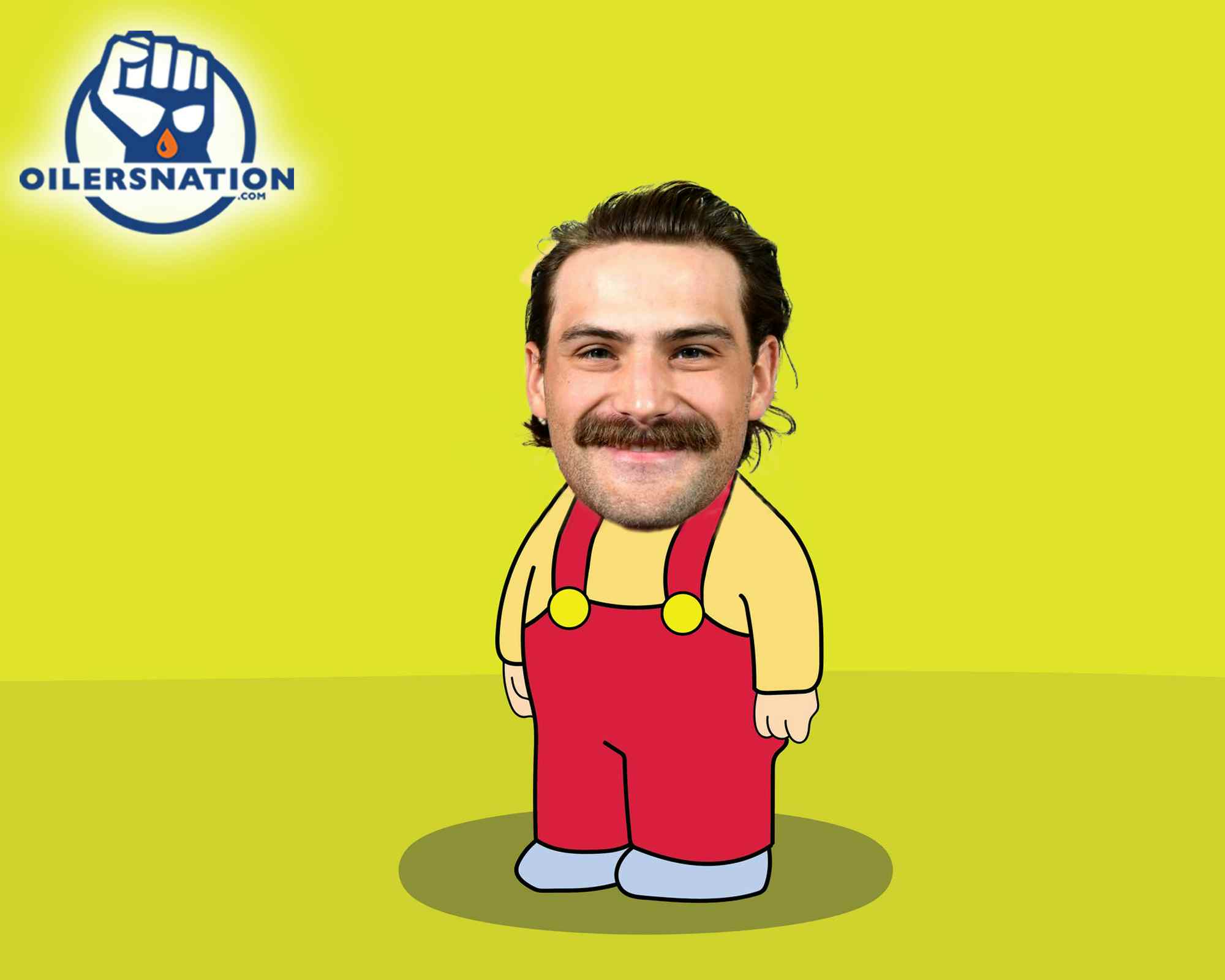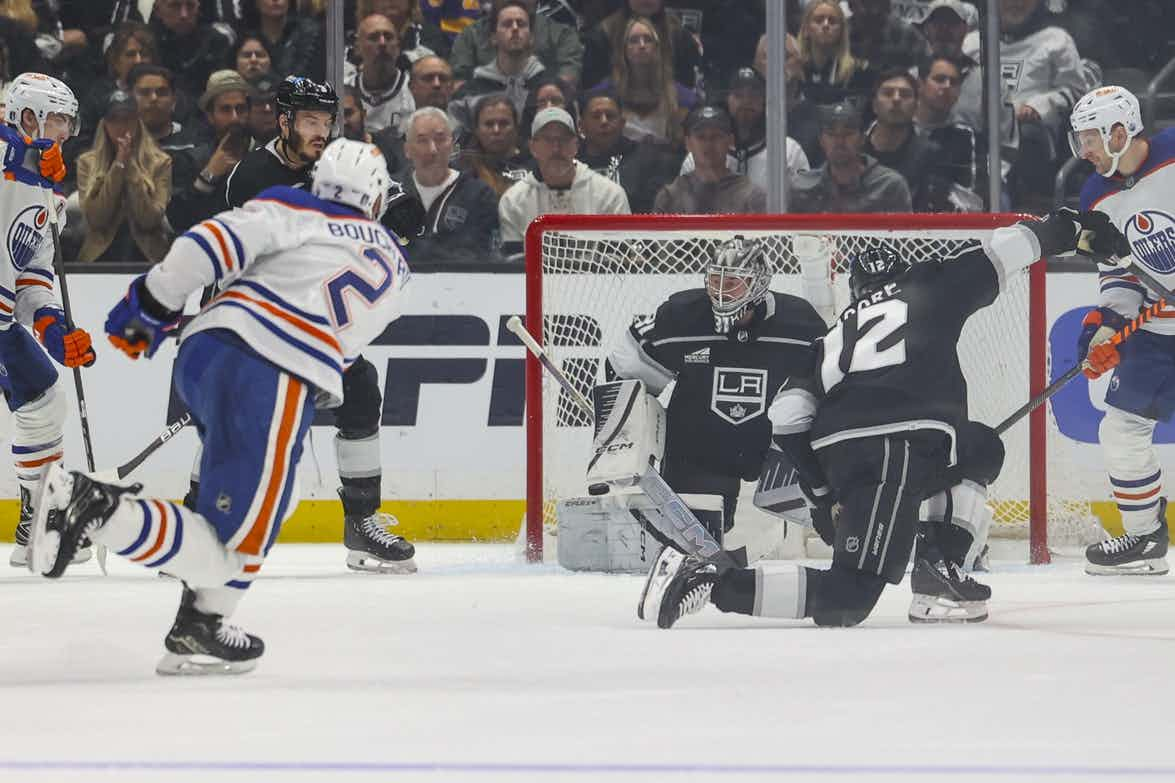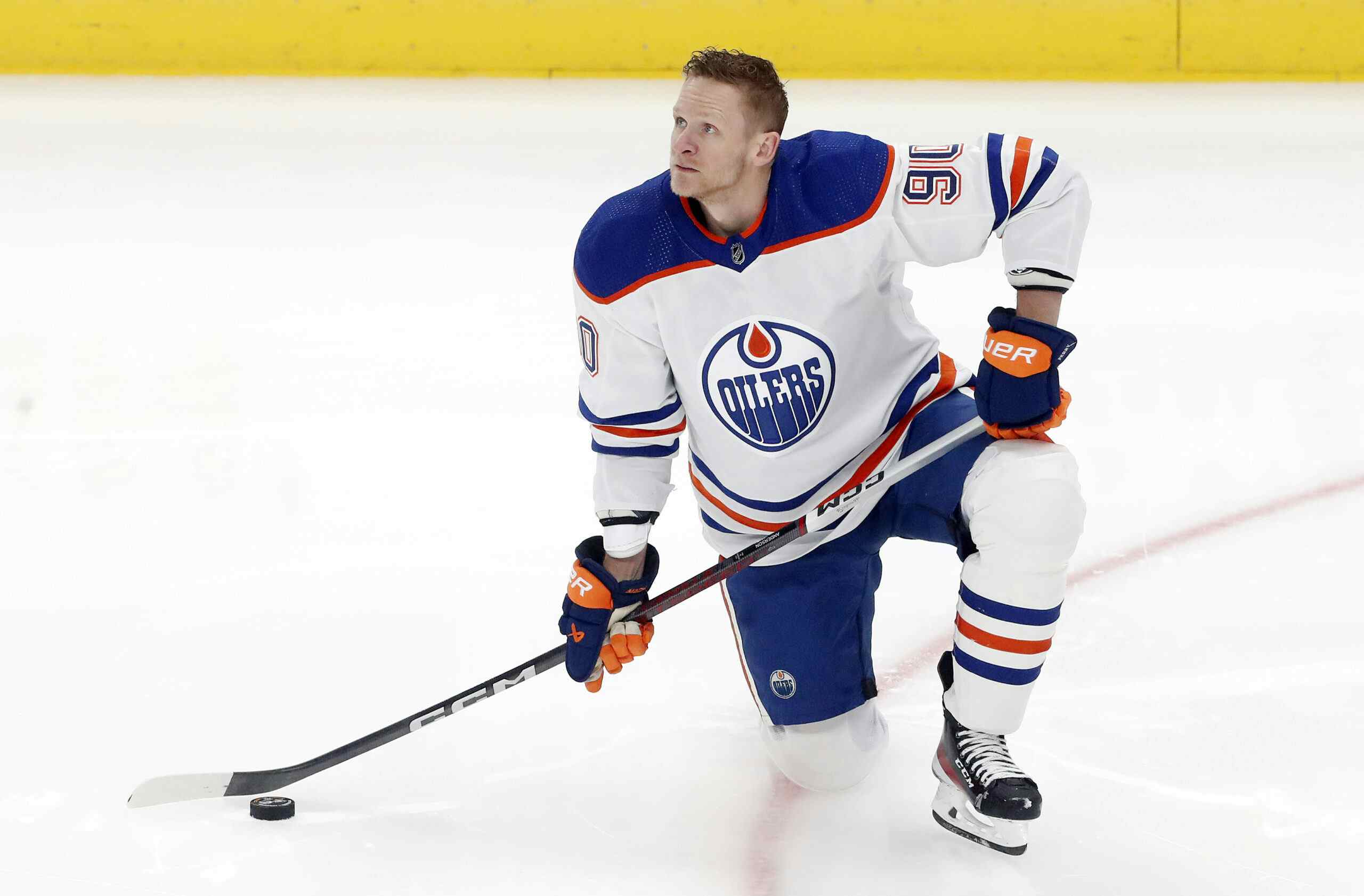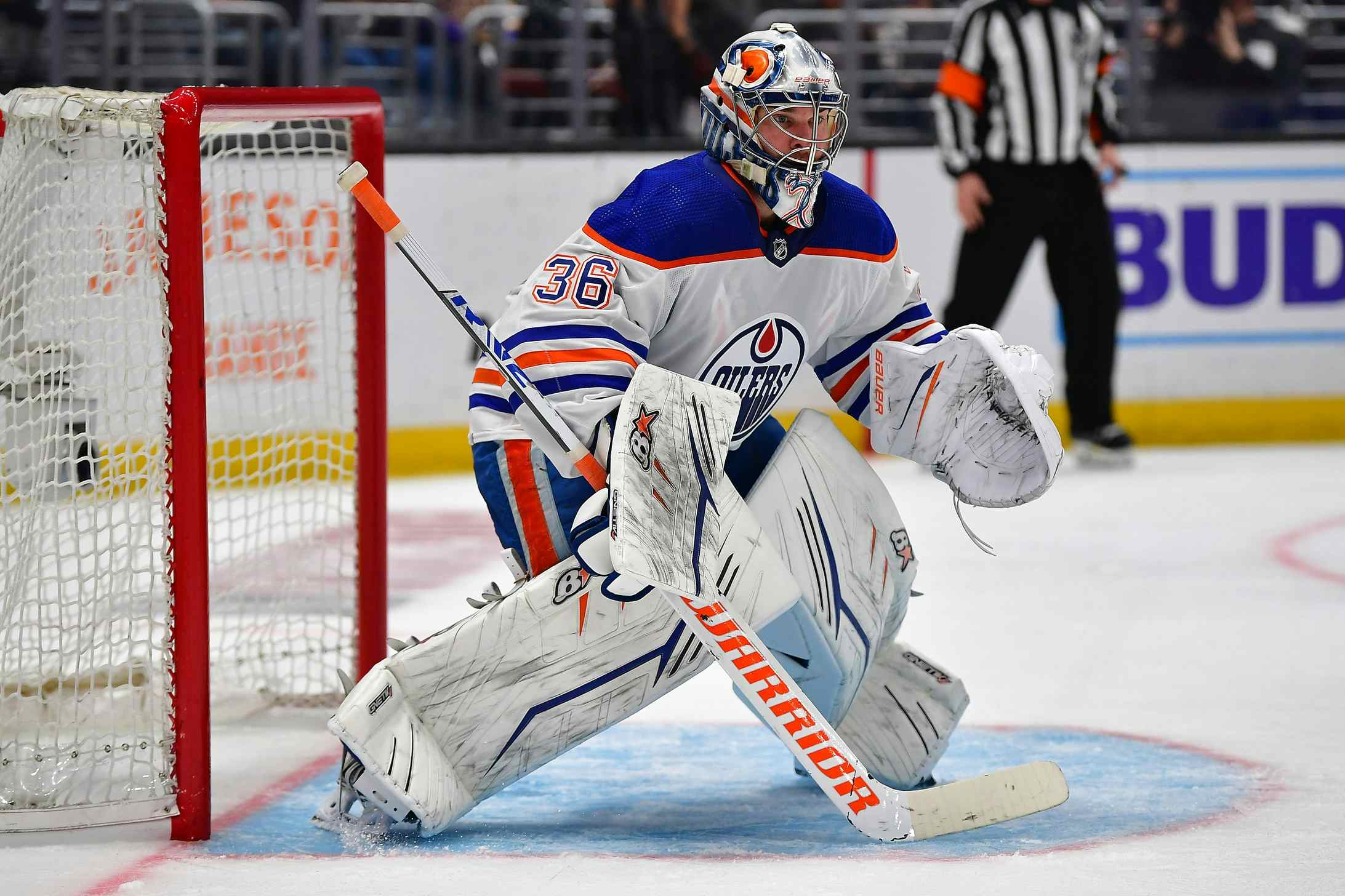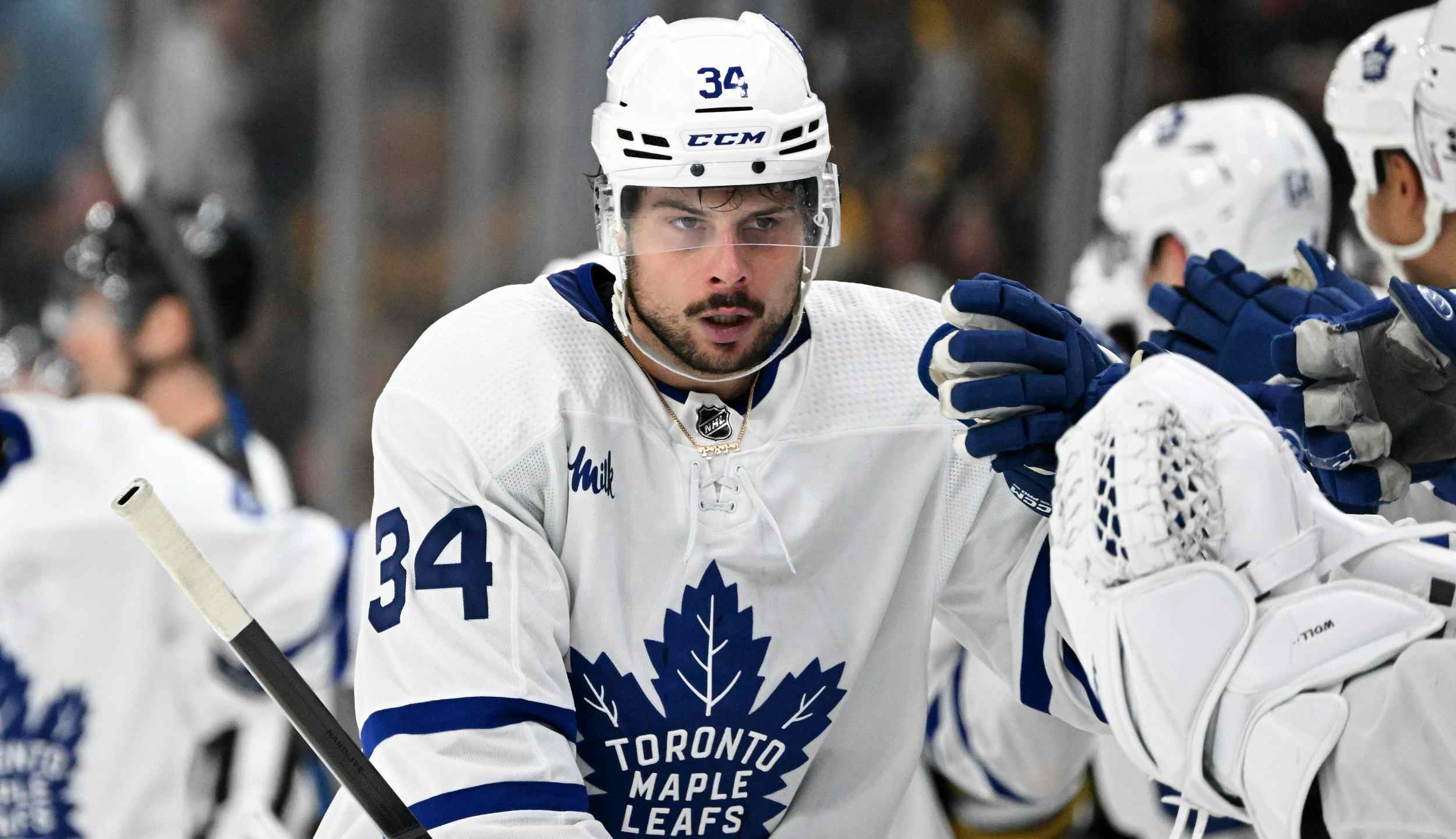Countdown to season: Question 5 and the future
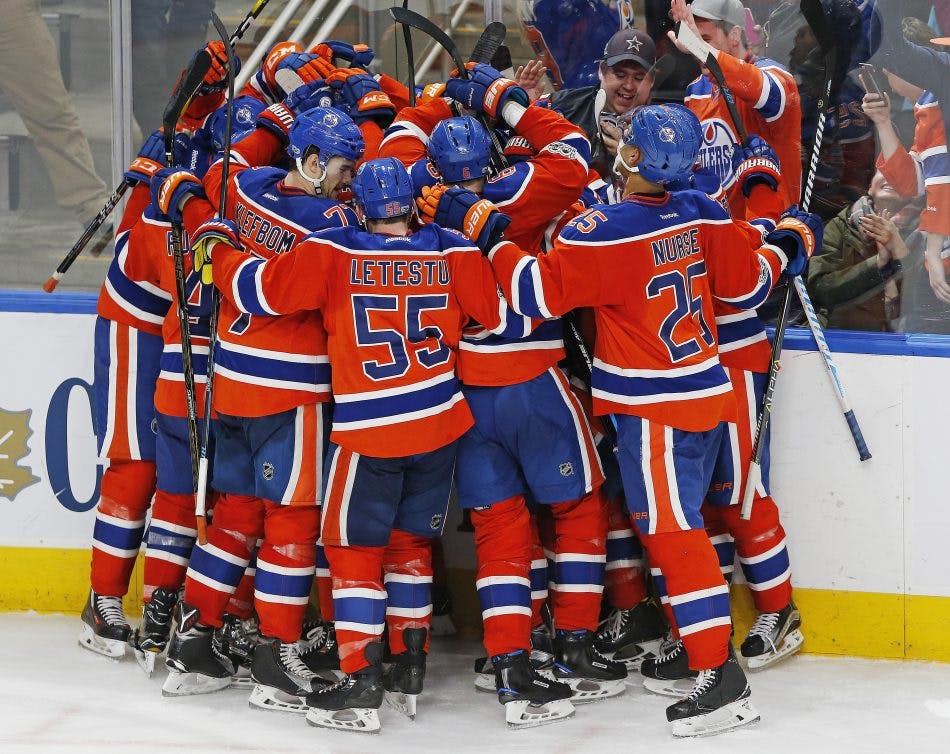
By Jason Gregor
6 years agoThe Edmonton Oilers have finally passed the stage of waiting for their potential to arrive. We can now discuss the present and the truth is the Oilers will be a contending team for the next decade. That doesn’t guarantee they’ll win a Stanley Cup, but they should be a top-ten team every year.
The salary cap will dictate what they add, in terms of value contracts moving forward, but with the core of their team locked up for two more seasons, the next few years will be about adding players who can help right now.
The majority of the Oilers best players are 24 and under. The days of giving young, non-superstar players icetime is over, because they finally have established players who can play, but how many current prospects will help them and how many will they need to remain competitive?
Over the past nine seasons, three NHL organizations have won eight of the nine Stanley Cups. The Pittsburgh Penguins won in 2009, 2016 and 2017, the Chicago Blackhawks won in 2010, 2013 and 2015, while the Los Angeles Kings won in 2012 and 2014. The Boston Bruins won in 2011.
It is interesting to see how those big three built their teams, and then remained competitive.
PENGUINS

The Penguins built around Sidney Crosby, Evgeni Malkin, Kris Letang and Marc-Andre Fleury. In the six years between Cup wins they didn’t add many draft picks to augment the lineup. Jordan Staal was also solid contributor in their 2009 Cup victory.
Their first round picks from 2007-17 consisted of Angelo Esposito (20th), Simon Despres (30), Beau Bennett (20), Joe Morrow (23), Derrick Pouliot (eighth in the trade for Jordan Staal), Olli Maatta (22nd) and Kasperi Kapanen (part of Phil Kessel trade along with a 2015 first rounder). They also traded away their firsts in 2008, 2013, 2016 and 2017.
Since their four year run of having the first or second pick (2003-2006), they traded away six first round picks, acquired one for Staal, and Olli Maatta has become their biggest contributor from the first round.
Bryan Rust (third rounder) and Tom Kuhnhackl (fourth round) were chosen in 2010, and both didn’t appear in Pittsburgh regularly until 2015. Rust scored some huge goals in their 2015 Cup run, but both have mainly been solid bottom-six forwards.
Matt Murray, a third rounder in 2012, has emerged as their best pick post-Staal. He’s backstopped them to consecutive Stanley Cups, but was in a very unique situation sharing playing time with Fleury during the past two seasons.
Jake Guentzel was a third rounder in 2013 and after starting the season in the AHL last year, he was recalled and scored 16 goals in 40 regular season games, before adding 13 in 25 playoff games. Guentzel never helped the Penguins until three and half years after his draft.
Do the Oilers have any mid round surprises growing in the system right now? Possibly Ethan Bear, Caleb Jones or Ziyat Paigan, but I’d guess Bear and Jones don’t make a real impact in Edmonton until the 2019/2020 season, if they are still here. I could see one of them being used as trade bait in the future. Paigan is older, has pro experience in the KHL, and is more likely to appear in Edmonton before either Jones or Bear.
BLACKHAWKS

Apr 20, 2017; Nashville, TN, USA; Chicago Blackhawks right winger Patrick Kane (88) reacts after a goal by Nashville Predators defenseman Roman Josi (59) during the second period in game four of the first round of the 2017 Stanley Cup Playoffs at Bridgestone Arena. Mandatory Credit: Christopher Hanewinckel-USA TODAY Sports
Like the Oilers, the Blackhawks were terrible for a decade. Between 1998-2008 they made the playoffs once and had seven top-ten picks.
The Hawks run of futility ended when they won the 2007 lottery, moving up from #5 to #1, and were able to select Patrick Kane. Kane has been the straw who stirs their offensive drink since he stepped on the ice in October, 2007. Like the Penguins and Oilers they had a stretch of really high picks, and then hit homeruns with Kane and Jonathan Toews (third in 2006), but missed on Cam Barker (third in 2004) and Jack Skille (seventh in 2005).
Their rise to the top traces back to selecting Duncan Keith 54th overall in 2002. They landed Brent Seabrook 14th overall in 2003 and then Niklas Hjalmarsson in the fourth round in 2005. Those three became the backbone of their defence and were key parts of their three Cup wins.
Between 2002-2007, they also drafted Adam Burish (ninth round, 282nd overall), Corey Crawford (52nd), Dustin Byfuglien (245th), Troy Brouwer (214th), Dave Bolland (32nd) and Bryan Bickell (41st).
The Hawks, like the Penguins and Oilers, got lucky by winning the lottery, but they still needed some other key picks to become the foundation of their team. And all three have all had a few misses near the top of the first round. The NHL draft is still extremely unpredictable.
Since 2007, the Hawks only added a few players who contributed to their Cup wins. Marcus Kruger, fifth round in 2009, was a solid contributor in 2013 and 2015, and Brandon Saad (second round, 2011) andAndrew Shaw (fifth round, 2011) were also on those two Cup winners as well.
The Hawks have had one pick inside the top-19 since 2008 (Kyle Beach, 11th in 2008). Ryan Hartman (30th in 2013) and Nick Schmaltz (20th in 2014), were regulars last year and could become solid regulars.
Similar to the Penguins, the Hawks built around a dynamic core, made one key free agent signing (Marian Hossa), and had a trade turn out exceptionally well. They acquired Patrick Sharp from Philadelphia in 2006 for Matt Ellison and a third round pick. Sharp, a third round choice in 2001, had 15 points in 66 games with Philly over parts of three seasons before the trade. He exploded during Kane and Toews’ rookie season, scoring 36-26-62, and became a very good top-six forward for the Hawks during the Cup years.
Could Patrick Maroon be the trade that works out like Sharp? He had a breakout year last year and we’ll see if it can continue. He doesn’t skate like Sharp, but he is a very smart player who thinks the game well and knows how to play with elite players like McDavid and Ryan Getzlaf before him.
KINGS

Apr 8, 2017; Los Angeles, CA, USA; Los Angeles Kings defenseman Drew Doughty (8) celebrates his goal in the overtime period of the game against the Chicago Blackhawks with Los Angeles Kings center Anze Kopitar (11), center Jeff Carter (77) and center Jonny Brodzinski (76) at Staples Center. Kings won 3-2 in overtime. Mandatory Credit: Jayne Kamin-Oncea-USA TODAY Sports
The Los Angeles Kings home grown core consisted of Anze Kopitar, Jonathan Quick, Drew Doughty and Dustin Brown.
Brown was drafted in 2003, Kopitar and Quick in 2005 and Doughty in 2008. They had depth players like Trevor Lewis (2006), Dwight King and Alec Martinez (2007), Vyacheslav Voynov (2008), Jordan Nolan and Kyle Clifford (2009) on their 2012 Cup roster. They had Tyler Toffoli (2010) and Tanner Pearson (2012) on their 2014 Cup winning team. Brown’s overpriced contract kicked in after the Kings won their second Cup.
They used many of their top picks in trades. They moved Wayne Simmonds and Brayden Schenn for Mike Richards. Colten Tuebert (2008 first rounder) and their 2011 first round pick (Oilers took Oscar Klefbom) were traded for Dustin Penner. They also acquired Jeff Carter via trade for Jack Johnson (third overall pick in 2006), who they had acquired from Carolina in September of 2006, after Johnson and the Hurricanes couldn’t agree to a deal. The Kings gave up Eric Belanger and Tim Gleason to acquire Johnson and Oleg Tverdovsky.
Dean Lombardi was not afraid to trade away top picks, or young players for proven established veterans, and it led to two Stanley Cups.
The Kings went all in and were rewarded with two Cups. They still have their three core players and now will need to try and re-tool on the fly.
I see some similarities between Peter Chiarelli’s construction of the Oilers and Lombardi and the Kings.
Chiarellli has traded away Taylor Hall, Jordan Eberle, Nail Yakupov, and a 2015 first rounder thus far. He made his moves earlier in the process than Lombardi did in LA, mainly because there are no two exact blueprints to win a championship, but after the Kings drafted Doughty, they never had another high impact draft pick. They had some excellent support players, and looking at the Oilers current roster I suspect we could see the same thing in Edmonton.
WRAP UP
The Oilers have some similarities with all three of the aforementioned winners, but as we know in sports, there are no guarantees they will win a Stanley Cup. Having McDavid is a major advantage and could turn the organization around like Kane and Crosby did, but those two also had great players around them. The Oilers have some really good players, and will need one or two of Draisaitl, Talbot, Klefbom or someone elses to emerge as a great player.
The Oilers would love another high-end player to emerge from their draft picks, but I don’t think it is a necessity like it was between 2007-2015. They have Connor McDavid and Leon Draisaitl, along with Cam Talbot, acquired at the 2015 draft for some mid round draft picks. The major growth for this organization in the next few years should come from Klefbom, Darnell Nurse, Matt Benning and Adam Larsson.
Forwards like Jesse Puljujarvi and Kailer Yamamoto could become solid complementary forwards, but they don’t need to carry the team. It is a great scenario for the young forwards in the system, but the challenge for Chiarelli will be: does he wait for them to develop, or will he move one of them for an established veteran at the trade deadline? Or, similarly, will he wait to make a move in the summer, over the next few seasons, when he believes the Oilers are ready to take a legitimate run at the Stanley Cup?
The future for the Oilers is now. Their best players are young and should be the catalysts of this group moving forward.
They will need some prospects to emerge, so who do you think will have the biggest impact by 2020 and why?
Recently by Jason Gregor:
Recent articles from Jason Gregor

